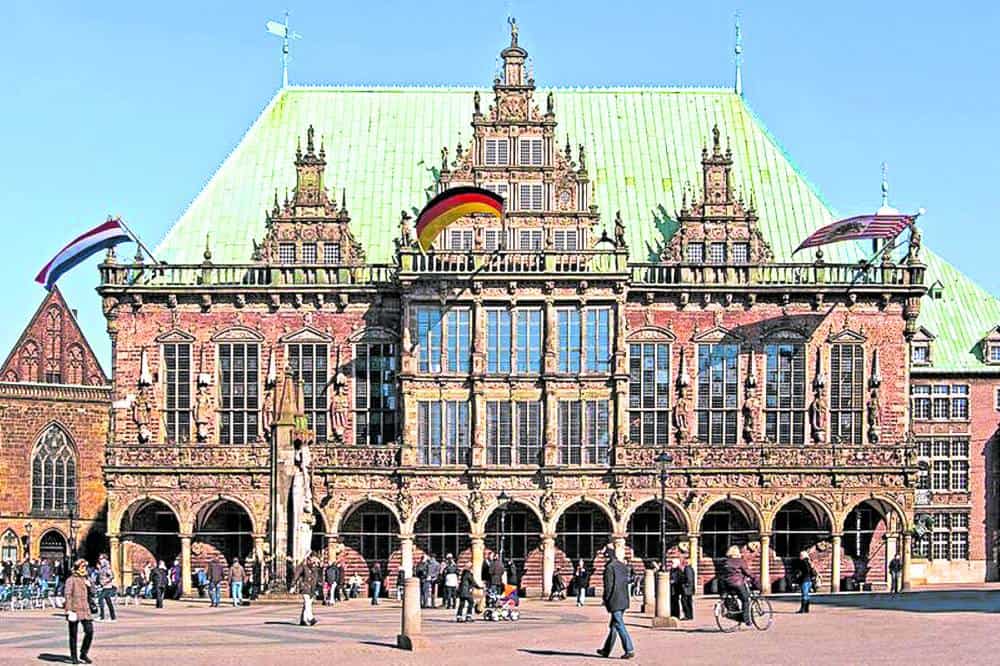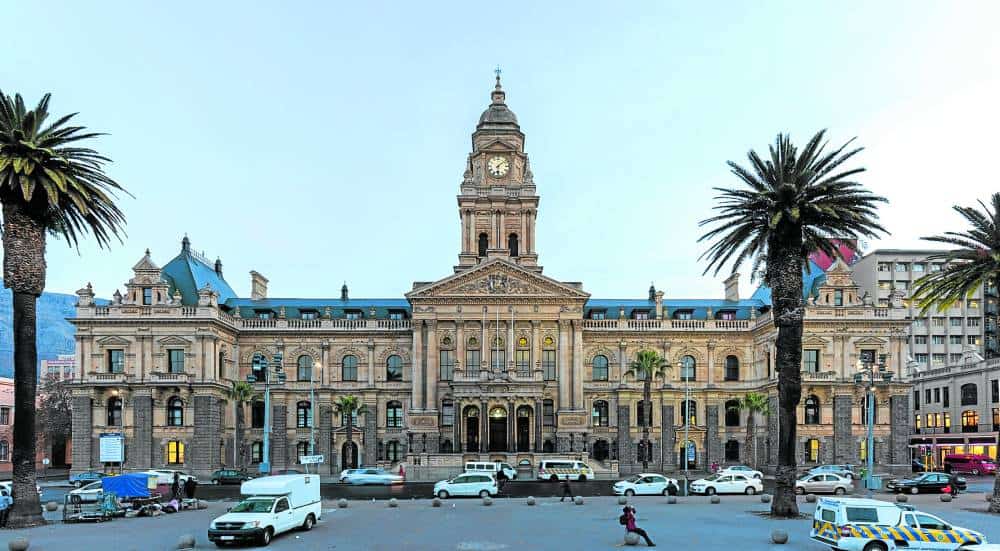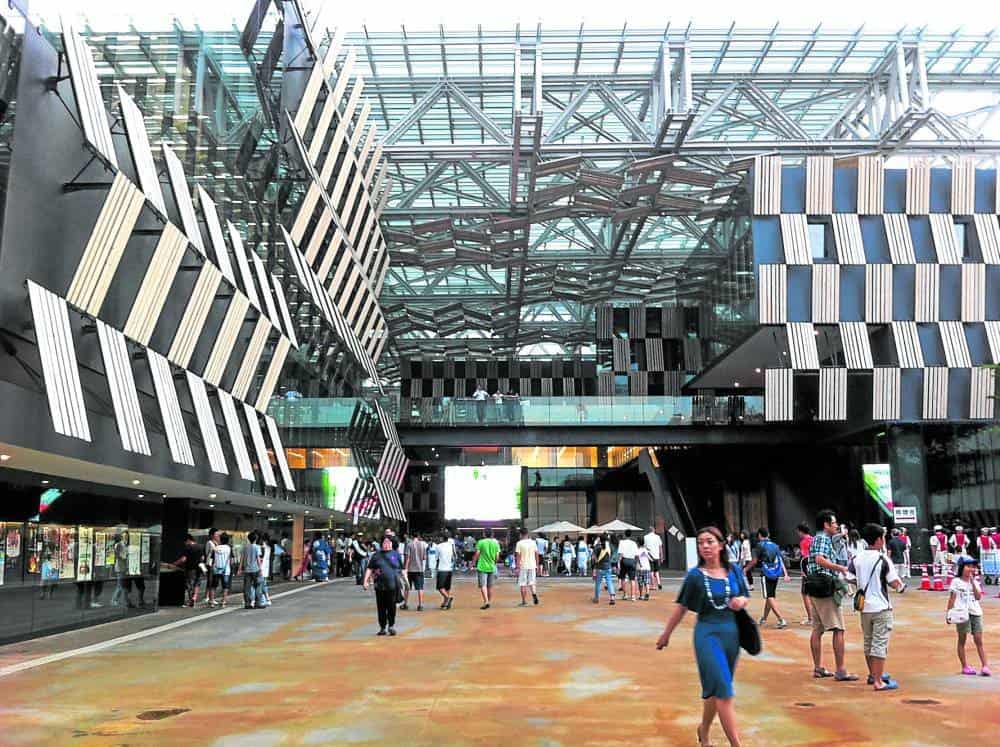Public infrastructure is important to communities because it gives people access to services. Beside schools, libraries, hospitals and markets, the city hall is just as essential, being the nexus of governance.
Central to community building, city halls can be considered beautiful for various reasons. On one end of the spectrum, you have monumental buildings that have stood the test of time, gloriously representing heritage. On the other, you have structures that find their appeal in breaking the mold and signifying new ideals in governance. One school seeks to awe you with magnificent details while another attempts to make you stick around.
Here are some of the world’s most noteworthy city halls.
United States

Philadelphia City Hall is among the grandest of its kind in the United States. It was completed over three decades, from 1871 to 1902, and for a good reason. It takes on the elaborate Second Empire style, is bigger than the US Capitol Building, and is also the world’s largest free-standing masonry. Nowadays, couples often choose to tie the knot there because of its aesthetic appeal.
Germany

Bremen, a major cultural and economic hub in Northern Germany, considers its city hall an important landmark. Even the world sees it that way, with Unesco declaring it a World Heritage Site. The structure was built in the Gothic style in the early 15th century and renovated in the Weser Renaissance style during the 17th century. Today, it is an exemplar of both. It has been the seat of government for 600 years, never destroyed by unrest and disasters.
South Africa

Reminding visitors of the colonial past of South Africa is Cape Town City Hall. Designed in 1905, it is a grandiose Victorian statement made with limestone imported from England and features a tower modeled on London’s Big Ben. It has an unmistakable UK connection, but also speaks to South Africa’s nationhood. Nelson Mandela—a central figure in the end of Apartheid—spoke from its balcony just hours after his release from prison in 1990. It no longer houses offices but it remains alive as a venue for cultural and creative events.
Japan

Aore City Hall, which opened in 2012, contrasts so well with its older counterparts that it has become a hangout for locals and tourists visiting Nagaoka, a city in Niigata Prefecture. Designed to be the “heart of town” by Kengo Kuma, this centrally located city hall was also meant to be a meeting point for people. It hosts meeting chambers on the ground floor, plus a selection of shops, restaurants, banks and other hangouts. It is so visited that it beats the footfall of some of Japan’s amusement parks.
Sweden

In Kiruna, the northernmost city of Sweden, the government had to move the people to a new place from an old site made unstable by a century of mining. The city saw that exodus as an opportunity to remind people of what governance should do today–through a city hall that had no barriers and public access to every corner but the offices and chambers. The round structure, which opened in 2018, has a café, a stage, nooks, a museum—a communal living room for the whole town.
If you like this article, share it on social media by clicking any of the icons below.
Or in case you haven’t subscribed yet to our newsletter, please click SUBSCRIBE so you won’t miss the daily real estate news updates delivered right to your Inbox.
The article was originally published in Inquirer.NET and written by Vaughn Alviar.







More Stories
Vista Land Celebrates 50 Years with Sandiwa: An Event Honoring Leadership, Legacy, and the Filipino Dream of Homeownership
Vista Land Celebrates Love Month in Ilocos Region
Vista Land Bridges Cebuano Heritage and Progress with Valencia by Vista Estates